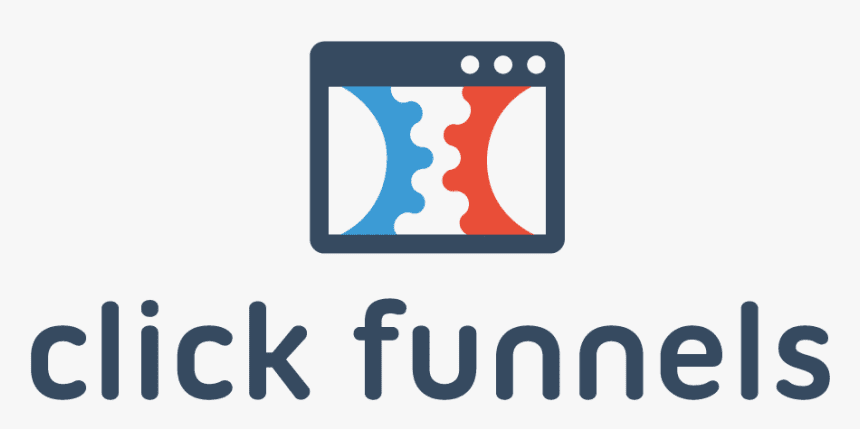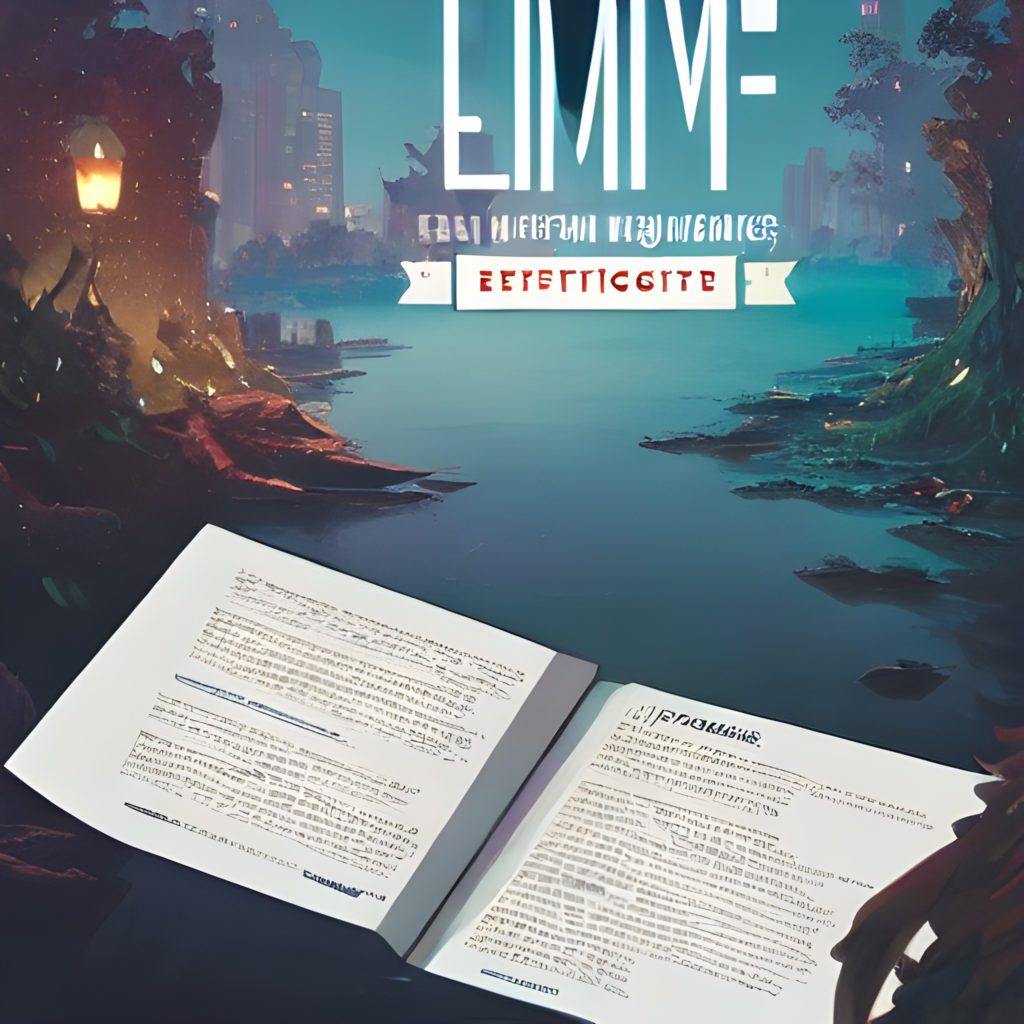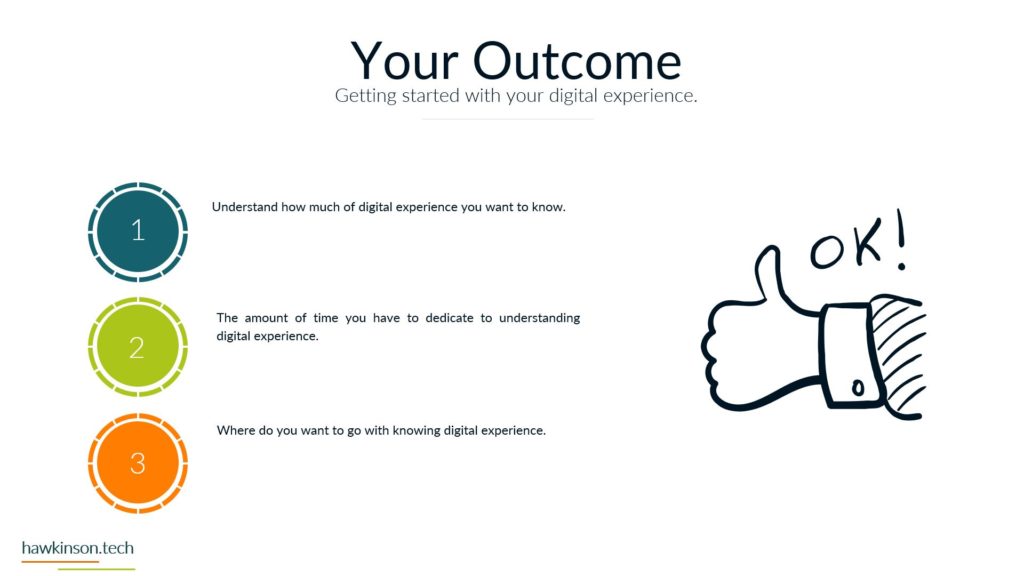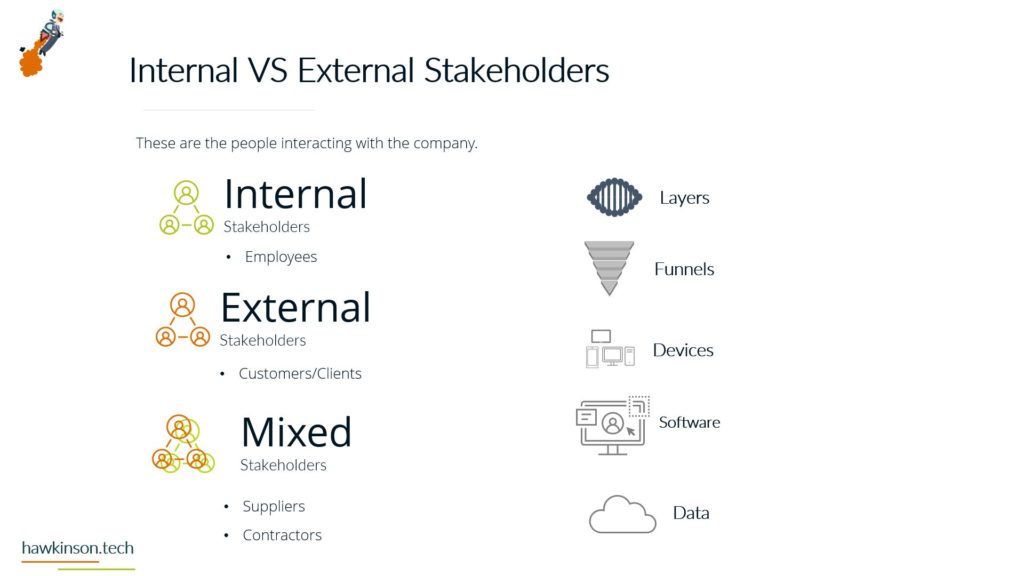ClickFunnels is the most well-known sales funnel software. It enables anyone to create sales funnels that transform leads into clients round-the-clock. What sets ClickFunnels apart from other tools is that it offers you everything you need to attract users and convert them into consistent buyers.
This platform combines your funnel production and marketing efforts into a single offering. Although it is pricey and a few issues may pop up occasionally, it essentially functions as your in-house digital marketing staff in a single package.
Key Features
Easy to Use
You’ll see that ClickFunnels is meant to be simple when you sign into your account. The interface for the funnel design is sleek and uncomplicated. Creating landing pages isn’t all that difficumakeu just create a landing page by inserting pieces from their collection into pre-designed widgets on the page.
Pre-Built Templates
ClickFunnels has plenty of available templates for all types of businesses. Simply pick the one you want, alter it however you please, and drop it into the funnel where you wish. This software offers templates for upsell, conference, sales, and even membership websites.
Split Testing
You can create two versions of a landing page and compare them against each other, thanks to the split testing functionality in ClickFunnels. This will allow you to determine which would do better to attract visitors and convert them into leads.
Other Features
- Visual editor
- Funnel templates
- Generation of sales
- Facilitation of Online events
- A/B Testing
- SEO optimization
- Flexible
- Creating engaging blogs
- Social media content
- Email marketing

























